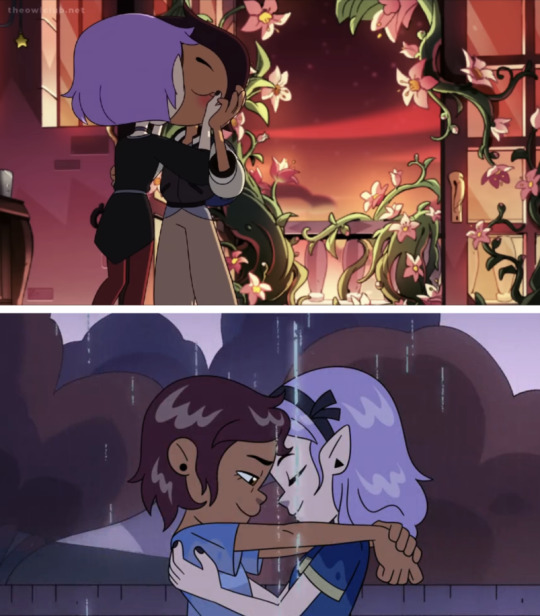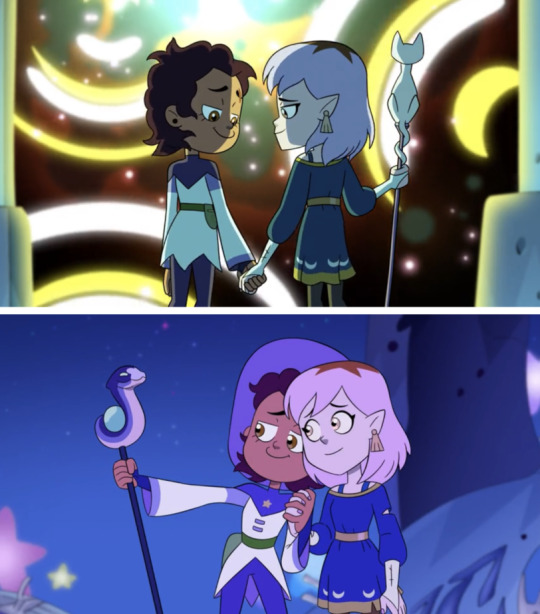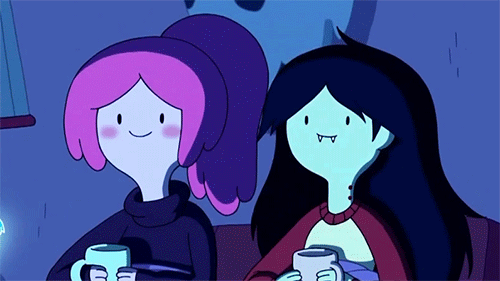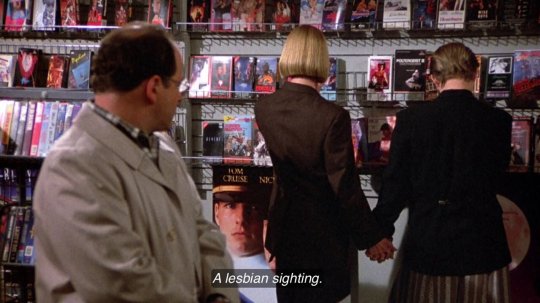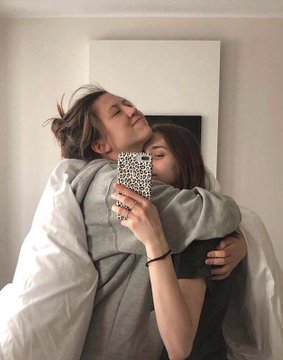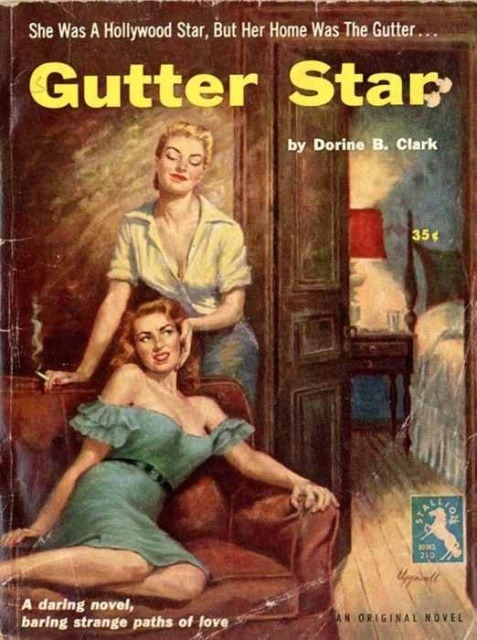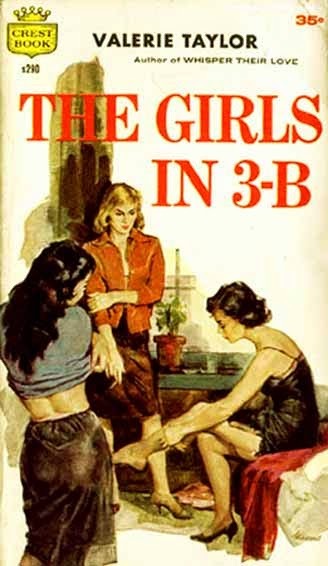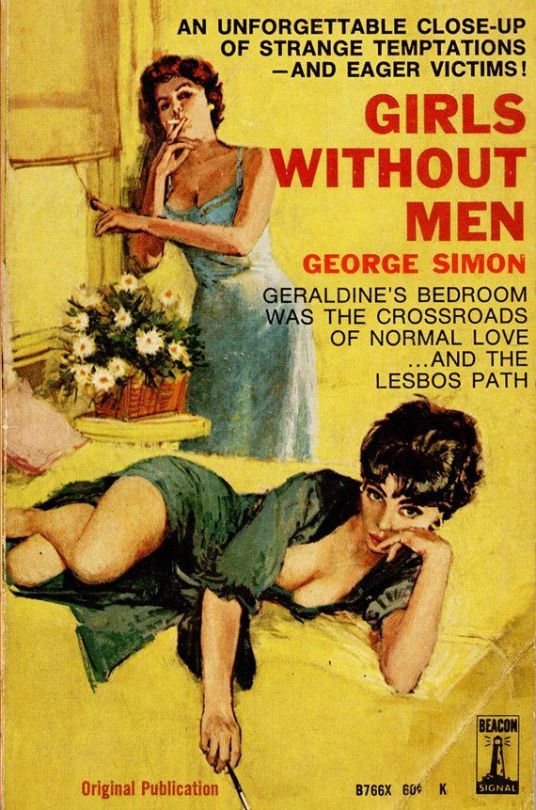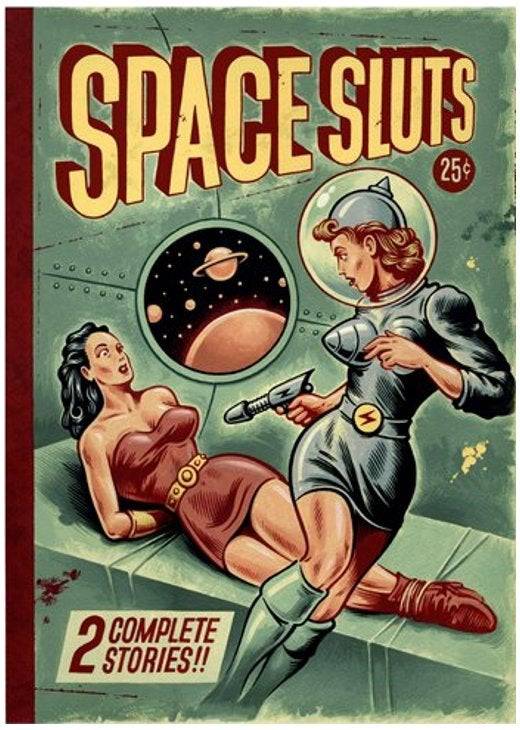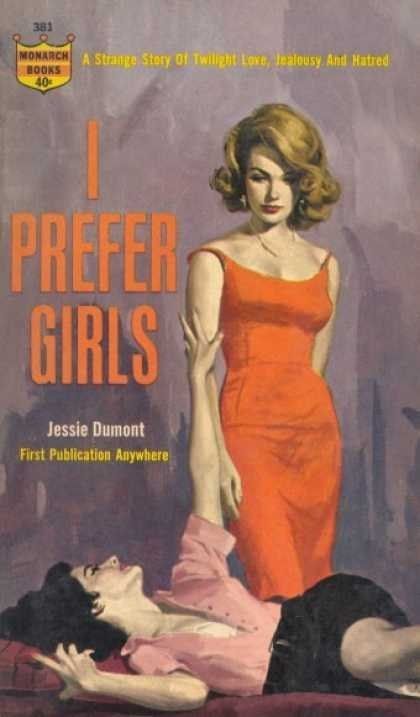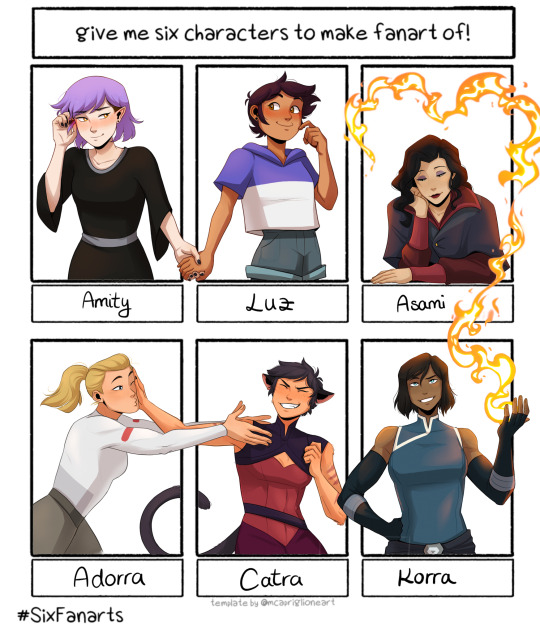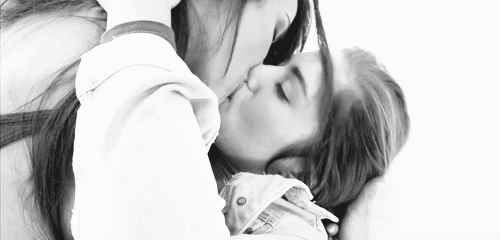Photo

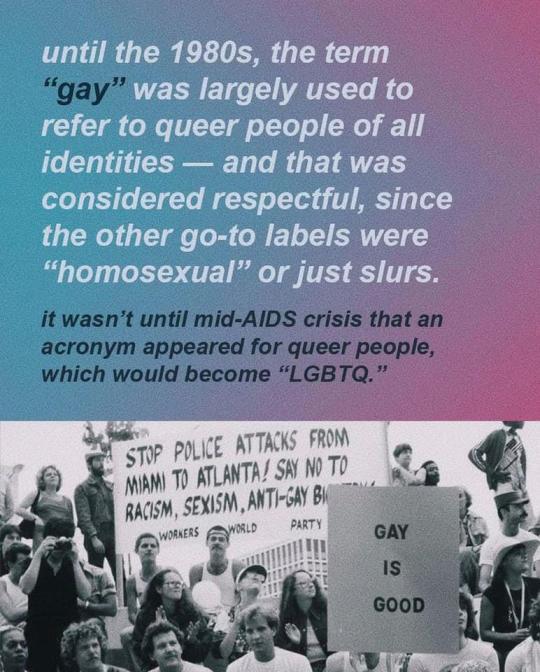
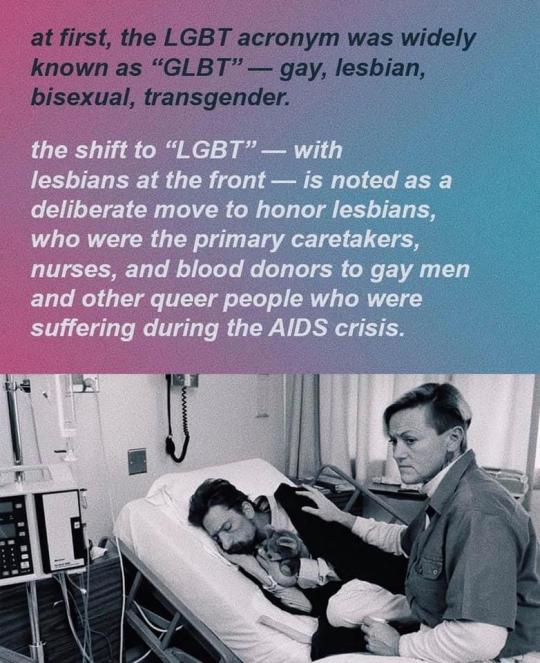
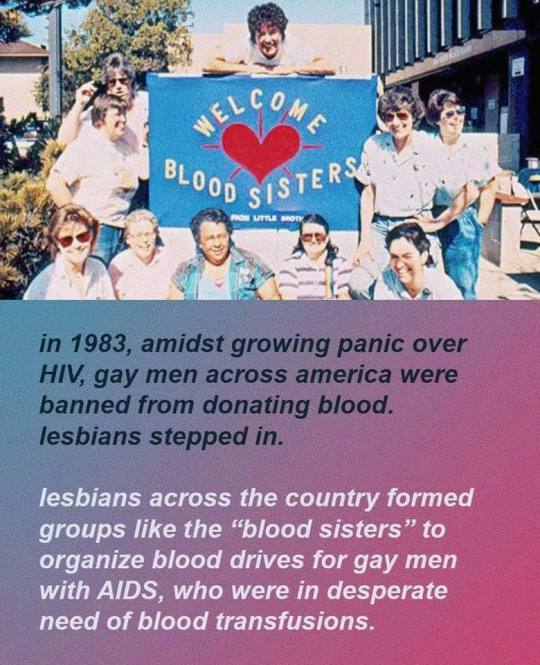
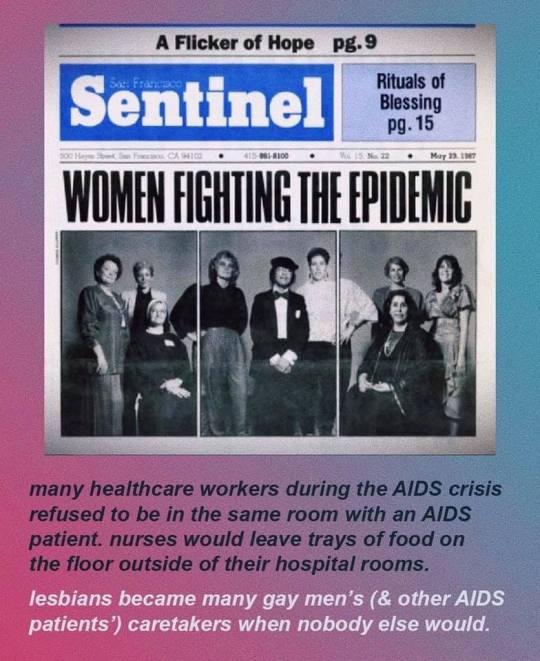



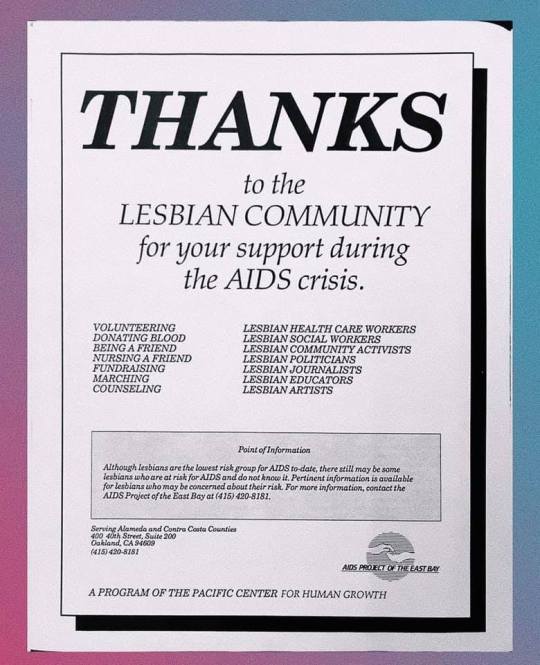
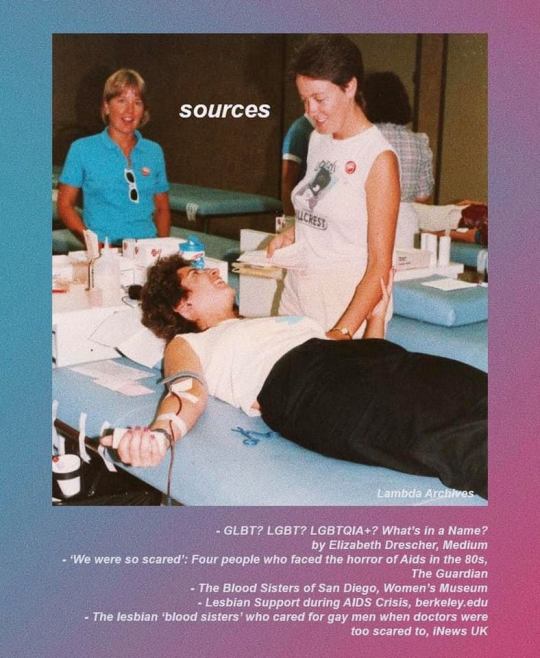
The LGBTQ community has seen controversy regarding acceptance of different groups (bisexual and transgender individuals have sometimes been marginalized by the larger community), but the term LGBT has been a positive symbol of inclusion and reflects the embrace of different identities and that we’re stronger together and need each other. While there are differences, we all face many of the same challenges from broader society.
In the 1960′s, in wider society the meaning of the word gay transitioned from ‘happy’ or ‘carefree’ to predominantly mean ‘homosexual’ and was an umbrella term that meant anyone who wasn’t cisgender or heterosexual. The community embraced the word ‘gay’ as a mark of pride.
The modern fight for queer rights is considered to have begun with The Stonewall Riots in 1969 and was called the Gay Liberation Movement and the Gay Rights Movement.
The acronym GLB surfaced around this time to also include Lesbian and Bisexual people who felt “gay” wasn’t inclusive of their identities.
Early in the gay rights movement, gay men were largely the ones running the show and there was a focus on men’s issues. Lesbians were unhappy that gay men dominated the leadership and ignored their needs and the feminist fight. As a result, lesbians tended to focus their attention on the Women’s Rights Movement which was happening at the same time. This dominance by gay men was seen as yet one more example of patriarchy and sexism.
In the 1970′s, sexism and homophobia existed in more virulent forms and those biases against lesbians also made it hard for them to find their voices within women’s liberation movements. Betty Friedman, the founder of the National Organization for Women (NOW), commented that lesbians were a “lavender menace” that threatened the political efficacy of the organization and of feminism and many women felt including lesbians was a detriment.
In the 80s and 90s, a huge portion of gay men were suffering from AIDS while the lesbian community was largely unaffected. Lesbians helped gay men with medical care and were a massive part of the activism surrounding the gay community and AIDS. This willingness to support gay men in their time of need sparked a closer, more supportive relationship between both groups, and the gay community became more receptive to feminist ideals and goals.
Approaching the 1990′s it was clear that GLB referred to sexual identity and wasn’t inclusive of gender identity and T should be added, especially since trans activist have long been at the forefront of the community’s fight for rights and acceptance, from Stonewall onward. Some argued that T should not be added, but many gay, lesbian and bisexual people pointed out that they also transgress established gender norms and therefore the GLB acronym should include gender identities and they pushed to include T in the acronym.
GLBT became LGBT as a way to honor the tremendous work the lesbian community did during the AIDS crisis.
Towards the end of the 1990s and into the 2000s, movements took place to add additional letters to the acronym to recognize Intersex, Asexual, Aromantic, Agender, and others. As the acronym grew to LGBTIQ, LGBTQIA, LGBTQIAA, many complained this was becoming unwieldy and started using a ‘+’ to show LGBT aren’t the only identities in the community and this became more common, whether as LGBT+ or LGBTQ+.
In the 2010′s, the process of reclaiming the word “queer” that began in the 1980′s was largely accomplished. In the 2020′s the LGBTQ+ acronym is used less often as Queer is becoming the more common term to represent the community.
77K notes
·
View notes
Text
I've been gone from Tumblr for like three years. I got married! To a woman!! Living my best life now. :)
454 notes
·
View notes
Photo
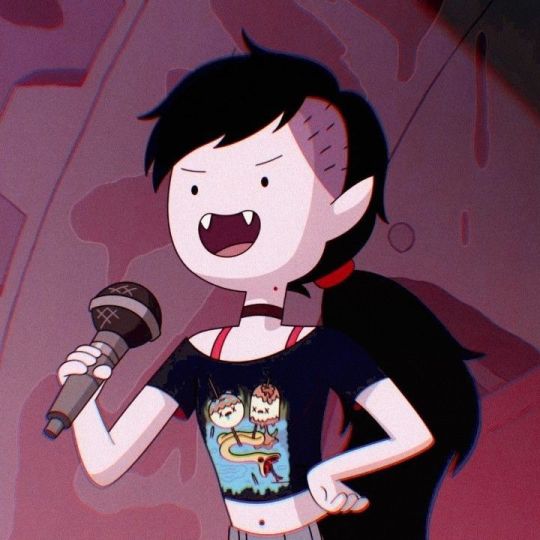

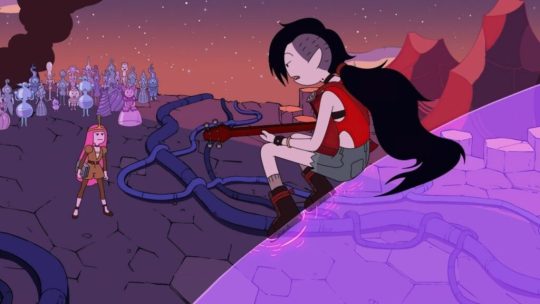


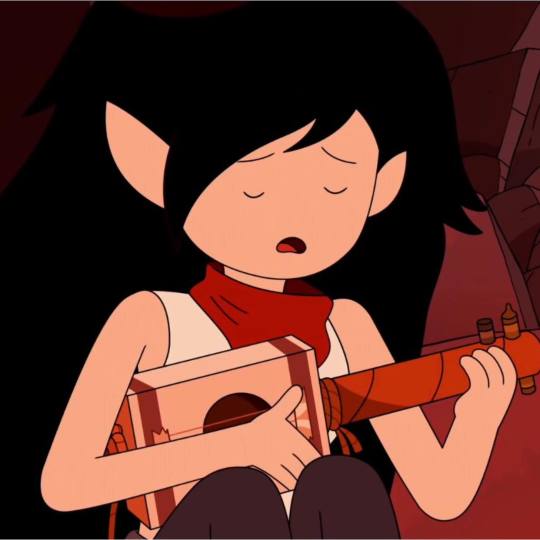


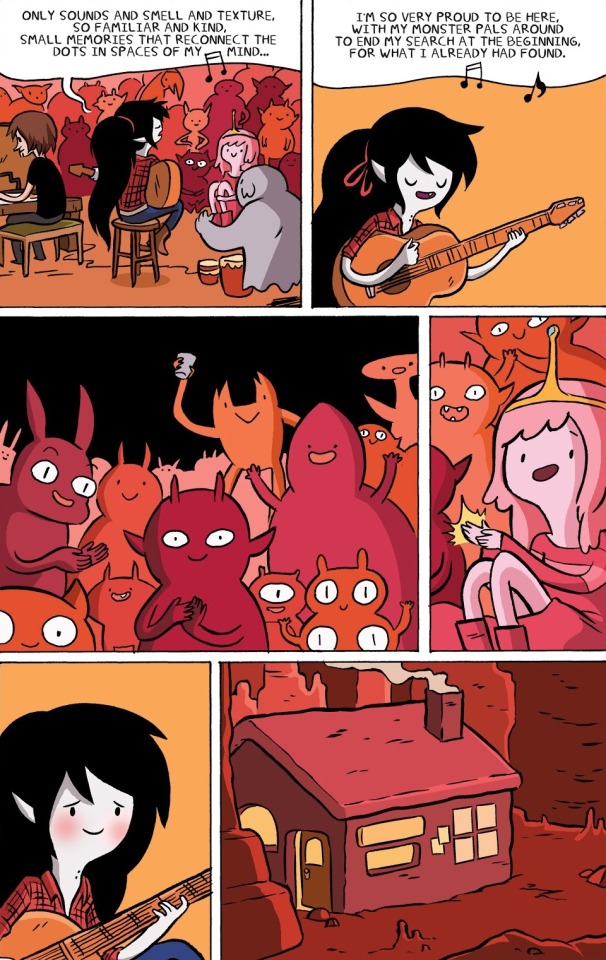
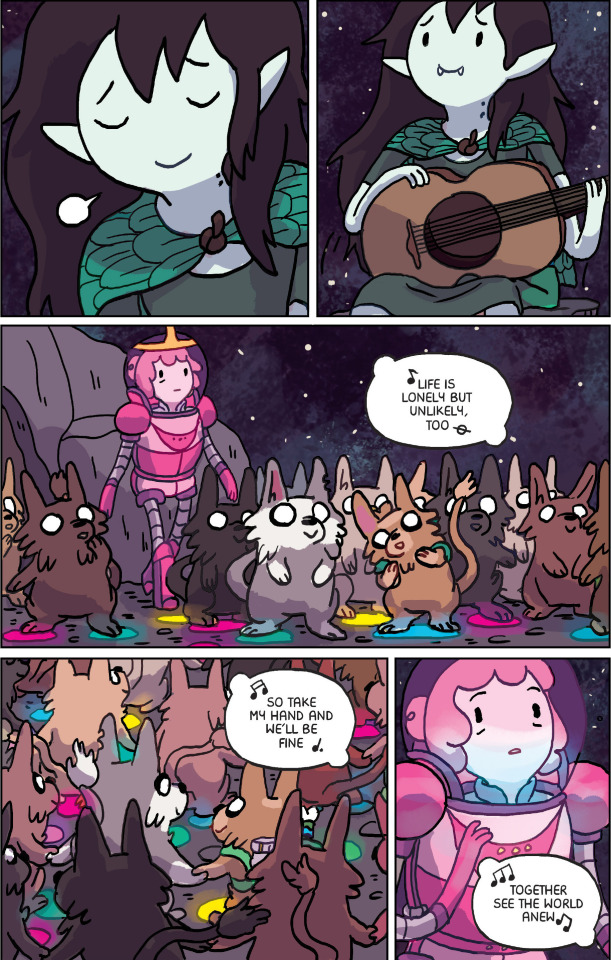
A small compilation of P.B.’s reactions to Marceline’s singing.
1K notes
·
View notes
Text
French lesbian history facts
I constantly see circulating on Tumblr the same posts about US LGBT history (often laced with innacurracies but that’s a story for another time) and it always irked me how it was always presented as this history of how all LGBT people gained their rights and somehow a universal thing that we all ought to know about.
I would like to provide a different perspective by talking about the lesbian history of my own country (because I’m a lesbian and our history is often erased as LGBT history focuses on gay men more thanks to misogyny). I would love to hear about the history of your own country, feel free to add-on !
The Middle Ages :
During the Middle Ages, homosexuality is heavily stigmatized by catholicism. Pierre Abélard, an 11th century’s theologian, wrote : “Sodomy is against the rules of nature, which created the genitalia of women for men’s convenience and not in order for women to live with other women”. For him, sodomy didn’t only mean anal sex between two men but all sexual acts which had no reproductive finality. Female homosexuality was seen as immoral but wasn’t really taken seriously at the same time because women weren’t fully seen as sexually developed beings capable of autonomous desires.
Pierre Abélard’s wife Héloïse warned him against the dangers of nuns having desire for each other between 1132 and 1137 : “ To lose a woman, there is no stronger weapon than feminine coaxing. And corruption crawls inside their hearts under more insinuating caresses.”
The first known law against female homosexuality appears in the Orléans code between 1260 and 1270 : “A woman who does it must lose a member each time , and the third time she must be burned.” Sex between women was seen as even worse if it was performed with a penetrative object, because it was seen as “stealing” masculine attributes.
We know the story of two women during the Middle Ages : Jehanne and Laurence. In 1405, they were vineyard mates and courted each other. They had sex multiple times but Laurence decided to end the relationship which angered Jehanne who tried to stab her. They were both arrested but Laurence was released after 6 months in jail because she pled for forgiveness and was seen as the victim. We don’t know what happened to Jehanne.
Renaissance
Feminine homosexual desire was believed to be caused by intersexuation. Intersex women with bigger than average clitorises were diagnosed as lesbians. Masturbation was frowned upon amongst women because they thought it would cause clitoridial growth and therefore lesbianism.
Little is known about lesbians during this era.
18th-19th century
Isabelle de Bourbon-Parme was a princess (Louis the XV was her grandfather) who exchanged passionate love letters with her husband’s sister Marie-Christine.
Under Napoléon, Germaine de Staël was a baroness and writer who had a relationship with Juliette Récamier, another writer.
During the 1890s many men began producing art about lesbian relationships (mostly poetry and paintings) but they were often a fantasmagoric and fetishized version of what lesbian relationships were like. A famous painter from that time, Henri de Toulouse-Lautrec chose to depict real life lesbians.

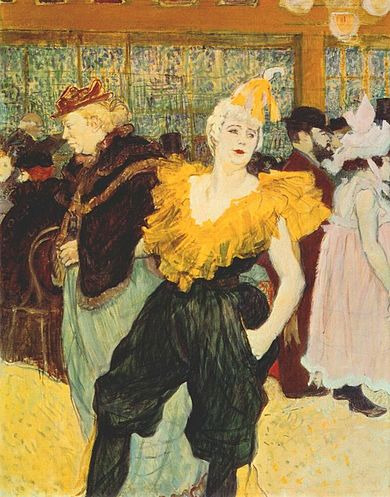
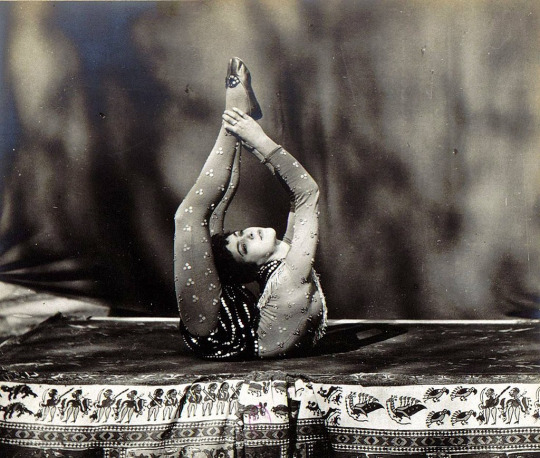
One of his favorite models was Cha-U-Kao (second painting and photography) who was an openly lesbian clown who performed in the Moulin Rouge who was believed to be in a relationship with the dancer Gabrielle. It was a very difficult time for lesbians who often had to prostitute themselves to survive as they had no husbands and being paid as a woman offered extremely limited prospects.
Many bars, restaurants and cafés began to be attended by lesbians, for example Le Hanneton and Le Rat mort.
Homosexual women were not always called lesbians yet at the time and were often refered as “damned women” as can be seen in Baudelaire’s poetry.
Early 20th century
Liane de Pougy is another cabaret dancer who had to prostitute herself to survive after escaping her husband who had tried to murder her. She published in 1901 a book titled Idylle Sapphique where she talked about her love story with the american Nathalie Barney, who was well known in France for her rediscovery of Sappho’s poems.
The writer Colette and her lover Mathilde de Morny began playing lesbian dramas in Parisian theaters but faced strong censorship. Later, Colette published The Pure and the Impure where she described the french lesbian community of her time with its good and bad sides.
WWI allowed lesbians to express themselves and be in relationships more freely as men were away.
The 1920s saw the opening of many lesbian bars in Paris, for example Le Fétiche or Le Boudoir de l’Amour.
During WWII, lesbians are active in every sphere of society, whether they collaborated with the state of Vichy (like Violette Morris) or they were part of resistance (like Marie-Thérèse Auffray, Thérèse Pierre, Andrée Jacob, Éveline Garnier and Rose Valland).
The Vichy state made homosexuality illegal again for men and women under the age of 21 as part of their natalist ideology. Heavy repression and homophobia would then continue even after the Liberation.
From 1950 to 1999
In the 50s, censorship in the media prevented any form of lesbian representation in art. The writer Violette Leduc is forced to erased parts of her books which she could only publish in its original version Thérèse and Isabelle in 1960.
All the lesbian bars have completely disappeared and the only places for homosexual gatherings are centered around men. Some of them even display “lesbian BDSM representations” targeted towards men and avoided by lesbian and bisexual women.
May 68 was an important time for revolt and promised more sexual liberation but lesbians didn’t get to participate much because of the misogyny and homophobia of the protestors.
In the 70s, the feminist movement of the MLF (Movement for the Liberation of Women) is created and many lesbians are part of it. They decide to interrupt yet another homophobic radio emission and create the Homosexual Front for Revolutionary Action and allow gay men to join them.
However, gay men begin to outnumber lesbians (as it was seen by them as a place for sexual encounters and not only a political movement) and evenif they were the one who created it, they soon get silenced during reunions as gay men consider themselves to be dominant over them.
They decide to separate from the movement and to create their own : The Red Dykes. The same situation happen with the MLF which rejects lesbian feminists in favor of straight feminists and the radical left who consider lesbianism to be “bourgeois” ideals incompatible with anti-capitalism.
Excluded from absolutely every corner and rejected by their own (both the homosexuals and feminists), a movement centered on lesbian feminism sees the light and attempts to connect many French cities together to create a sturdy network. Due to the trauma of alienation from the other movements, Monique Wittig writes that “lesbians are not women” and invents political lesbianism. Lesbian feminism is however broadened by other women like Nicole-Claude Mathieu, Colette Guillaumin and Christine Delphy.
Many lesbian journals and magazines are published during the end of the 70s and the beginning of the 80s. They slowly begin to consider leftists movements to be inadapted to their needs and begin to leave them.
The 90s are a renaissance for french lesbians who create many associations and networks catered to them and connected together. They fight for lesbian visibility, lesbian rights and the protection of lesbians who flee their homophobic countries to join them. They coin the term lesbophobia. However, they’re soon to be replaced by LGBT and queer movements which fights alongside them for the civil union granted in 1999.
The 21st century (2000- ?)
These political changes create a shift in lesbian spaces from politics and arts to bars and clubbing. An intergenerational break occurs with lack of transmission from older lesbians to younger lesbians. Lipstick lesbians and androgynous lesbians are glorified while butches are slowly excluded and alienated.
The 2010-2020 period marks a turning point with the LGBT movement growing stronger and gaining many rights : same-sex marriage and adoption in 2013, access to sperm donations and laws against conversion therapy in 2021).
However, french lesbians are beginning to feel and face exclusion inside the LGBT movement once more as heteropatriarchy slowly stopped being challenged. Since december 2020, lesbian associations begin to appear again. When I went to the radical pride of Paris this summer (June 2021), I saw a mural sign with written on it : “Every lesbian kiss is a revolution” ♥
663 notes
·
View notes
Text
goodnight to women with big noses and women with nose bumps and women with hooked noses and women with crooked noses i am kissing you right on your beautiful face
33K notes
·
View notes
Text
girls with muscles,,, oh my gods you are so stunning you literally make me weak in the knees, please shove me against a wall and kiss me thank you <3
2K notes
·
View notes










